HTM 04 01 and Temperature tests
In this article we will look at how wireless temperature monitoring can be used to assist with compliance of HTM 04-01.
HTM 04-01 states:
7.3 A temperature control regime is the traditional strategy to control Legionella and other waterborne pathogens. This will require monitoring on a regular basis. Frequencies are listed in Table 1.
Furthermore:
7.4 Whereas many of the checks will, of necessity, require the use of separate thermometric equipment, some of the temperature checks can be carried out by continuous monitoring such as sensors and reporting systems (optionally linked to a building management system (BMS)). Where a BMS is used, it will be essential to ensure that regular calibration and physical tests are performed in accordance with the manufacturer’s instructions.
7.5 More extensive use of automatic sensors and reporting systems should be considered for surveillance of systemic temperature profiling. Sensors should be located throughout the whole hot and cold water systems to ensure they give representative temperature values.
So taking 7.4 and 7.5 into account HTM 04-01 (Safe water in healthcare premises) is recommending that the temperature control regime decided upon following the legionella risk assessment should consider ;
...continuous monitoring such as sensors and reporting systems (optionally linked to a building management system (BMS)).........sensors should be located throughout the whole hot and cold water systems to ensure they give representative temperature values.
Building management systems tend to control boiler and calorifier temperatures and the information can be used in legionella pseudomonas control programme. However temperature sensors are not often installed through-out the system and so it can be difficult to comply with the advised frequency of testing.
Table 1 Checklist for hot and cold water systems (adapted from HSG274 Part 2)
A review of this table shows the following recommended frequency of temperature testing:
Monthly temperature checks on calorifiers and all hot water services. A rolling programme of monthly tests to cover ALL sentinel outlets annually. Sufficient tests to establish a temperature profile of the whole system.
POU water heaters (no greater than 15 litres) checked Monthly–six monthly, or as indicated by the risk assessment.
Combination water heaters - check water temperatures at an outlet to confirm the heater operates at 55°C monthly.
Cold water services - Check temperatures at sentinel taps - Monthly . These outlets should be below 20°C within two minutes of running the cold tap. Monthly take temperatures at a representative selection of other points, to create a temperature profile of the whole system.
INFREQUENTLY USED OUTLETS - OF ALL THE SYSTEMS DESCRIBED THESE ARE ACTUALLY THE MOST AT RISK OF BEING COLONISED BY LEGIONELLA. SO THESE MUST BE TESTED WEEKLY.
Summary
Table 1 in HTM 04-01 indicates weekly temperature tests on infrequently used outlets, and monthly checks on flow and return from calorifiers. Plus further temperature checks on a rolling monthly programme to ensure all sentinel outlets are tested annually. Also establish a temperature profile throughout the system.
Paragraphs 7.4 and 7.5 recommend the use of automatic sensors and reporting systems for this task. Otherwise this becomes a massive manual labour task, prone to errors and oversights and huge cost.
Done manually it can only be an audit at that moment in time and only proves compliance at that moment. It is a reactive measurement not a pro-active measurement, and compliance should always move towards pro-active systems.
Pro-active systems should predict when future non- compliance may occur. Thus enabling the system manager to take action to prevent the non-compliant event happening and so be compliant at all times. This means audits become an overall check of the system rather than a list of non-compliances, failures and corrective actions.
The xiveillance system.
The wireless temperature monitoring system designed and manufactured by xiveillance meets all the recommendations for an automatic sensor and recording system as outlined in HTM 04-01, but it is so much more.
Designed to be retro fitted to any system.
A key design element was that it had to be low cost and a quick ROI compared to manual systems.
Designed to be a PRO-ACTIVE measurement system. The system can be set up to easily predict a forthcoming non compliant event.
For example an outlet that if not used will class as an infrequently used outlet and become non-compliant to the legionella risk management programme. The system can be set up to give warnings of this future predicted non-compliance. Warnings are user defined, they can be 1, 2, 3, 4 or more days in advance depending on how the user wishes the system set up. Action can then be taken in a timely manner as part of a daily routine to ensure the non-compliant event does not occur. No more fire engine responses.
Data can be easily exported into an existing building management system (BMS). Just as recommended by HTM 04-01 paragraph 7.4. Data can also be easily migrated into online logbooks or other legionella system records.
The system has been successfully operating at various health care premises for some years. Claims about battery life can be substantiated, rather than some calculated theory.
Why does the xiveillance system meet so many of HTM 04-01 automatic sensor requirements?
A good question. An easy answer, it was designed in conjunction with hospital engineers from an NHS trust in Newcastle. From the very start it was designed with HTM 04-01 compliance and more in mind.

